
Mushrooms are a fantastic addition to your diet. They offer many valuable nutrients and come with a delicious earthy flavor. There are also many different ways to cook them, including sauteed, roasted, and even stuffed.
Yet, not everyone bothers to cook their mushrooms. You might see them sliced raw on a salad or perhaps in a sandwich. Some people even eat raw mushrooms on their own as a snack.
That highlights a crucial question – can you eat raw mushrooms? Or, more crucially, are raw mushrooms safe? After all, you can eat pretty much anything once. The goal is to focus on foods that are actually safe and offer some health benefits.
The short answer is that you can eat some raw mushrooms, but you’ll get fewer benefits than if you cooked them instead. It’s also important to be cautious about the type of mushroom you choose, as some could make you sick if you eat them raw.
P.S. There are plenty of opinions about the safety of raw mushrooms, including bloggers who say raw mushrooms are completely safe and those that say you should always cook your mushrooms. The difference is partly because there are so many different types of mushrooms and there’s a lot we don’t know about them.
Can You Eat Raw Mushrooms?

Raw mushrooms are more complex than many other raw foods, as there are so many different types, including all the mushrooms you can forage for. Remember too that mushrooms aren’t plants. They’re an entirely different type of organism, one with some distinctive features.
Because of this, we need to make a crucial distinction between store-bought mushrooms and foraged mushrooms. Store-bought mushrooms are grown under controlled conditions and are subject to regular quality testing. They’re also familiar types of mushrooms that are eaten cooked and raw regularly, so we know a lot about them.
The common mushrooms you purchase at the store, including portobello mushrooms and white mushrooms are safe to eat raw. Indeed, white mushrooms are commonly served raw on salads and in other settings, so they’re clearly no big deal.
Notably, we’re talking about common store-bought mushrooms here. Check out our lists later in this post to see which types of mushrooms you should always be cautious with.
Foraged mushrooms are trickier. There’s a huge diversity of these mushrooms and many of them haven’t been well-studied at all.
Plus, even if a mushroom is safe to eat cooked, it isn’t necessarily safe raw. This is because some mushrooms contain harmful heat-sensitive compounds. Cooking breaks down these compounds and makes them safe to eat, while the raw version remains toxic.
Because there are so many types of mushrooms and the research is often limited, it’s often unclear which mushrooms are safe raw. As such, it’s best to stick to store-bought mushrooms and varieties you know are safe.
What To Consider With Raw Mushrooms

Even if you find a safe variety of raw mushrooms, there are multiple potential issues to consider.
Digestibility
The cell walls of mushrooms are made from a complex carbohydrate called chitin, which our bodies can’t easily digest. As a result, raw mushrooms pass through our system mostly unchanged, so we don’t get many benefits from them.
Cooking mushrooms breaks down the chitin somewhat, making mushrooms easier to digest and increasing the nutrients we get from them.
Issues With Nutrients
There are also some concerns that compounds in raw mushrooms can decrease your absorption of nutrients. This effect is related to a few compounds including phytic acid, agaritine, and chitin.
However, evidence for this effect is limited, and any decrease in nutrient absorption mightn’t be dramatic. As such, this isn’t something to be too concerned about – unless you’re eating more than a cup or two of raw mushrooms a day.
Flavor And Texture
Cooking mellows and softens mushrooms, so raw mushrooms tend to be firmer, denser, and offer a stronger earthy flavor than cooked ones.
For some, this difference in flavor and texture is appealing. It may even be the main reason for eating raw mushrooms. Others much prefer the taste of cooked mushrooms instead.
Of course, the flavor and texture vary between one type of mushroom and the next. For example, raw white mushrooms are much milder than raw shiitake mushrooms and are often more enjoyable.
Potential Toxins
Mushrooms also contain some potential toxins, including agaritine, which is sometimes thought to be carcinogenic. Cooking decreases the level of many concerning chemicals, so cooked mushrooms should be safer than raw ones.
They May Contain Harmful Microbes
All foods can get contaminated by microbes, often when they’re being grown or during processing. Cooking food gets around this issue, as the heat kills the microbes and makes the food safe.
When you’re eating food raw instead, there’s always a risk of a foodborne illness, leading to symptoms like stomach cramps, nausea, and diarrhea.
To protect yourself, it’s important to wash the mushrooms thoroughly and choose ones that come from reputable sources. Doing so doesn’t protect you completely, but does reduce your risk.
Make Sure They’re Edible
Finally, it’s essential to make sure any mushrooms you choose are safe to eat. This is especially relevant if you’re foraging for mushrooms, as some safe and toxic mushrooms look similar to each other.
Always take care here – and if you’re not sure, avoid eating the mushroom. Seriously. It’s incredibly easy to get it wrong and end up with a poisonous mushroom.
Also, as we’ll discuss later, research the raw safety of the mushroom. Most mushrooms you buy from the grocery store should be safe, but those from the wild may not be. Plus, some mushrooms may only be safe to eat cooked, not raw.
Should You Eat Raw Mushrooms?

With all these potential issues, should you actually be eating raw mushrooms? The answer depends on your priorities.
If you’re focusing on health and want as many nutrients as possible, you should always cook your mushrooms. The digestibility issues alone mean you’re not really getting much from raw mushrooms.
But, if you love the flavor and texture of raw mushrooms, you might choose to eat them anyway. After all, there’s no rule saying that all our food needs to be nutritious. And really, snacking on raw mushrooms is hardly the worst habit in the world.
How Many Raw Mushrooms Can You Eat?
There is no official ‘safe’ recommendation for raw mushrooms, partly because individual tolerances vary and there’s still much we don’t know.
However, sticking to around a cup of raw mushrooms (or less) per day is probably wise. This still allows you to enjoy the taste and texture of the mushrooms without too much risk.
Also, our bodies don’t digest the chitin in mushrooms well, so we don’t get many benefits from them. This becomes a problem if you’re eating a large amount of raw mushrooms (like more than two cups), as you might not be getting enough nutrients elsewhere.
Who Shouldn’t Eat Raw Mushrooms?
Anyone with a compromised immune system or digestive difficulties should be extra cautious with raw mushrooms. If you are going to try them, start with a tiny amount and stick to familiar types, like white button mushrooms.
Also, if you get side effects from raw mushrooms, that’s a good sign to avoid them. There are plenty of other foods for you to eat instead.
The Best Mushrooms To Eat Raw
The following mushrooms are all generally considered safe to eat raw. However, it’s important to source them from reputable growers and pay attention to how your body responds to them.
Button Mushrooms
These common mushrooms are small, white, and versatile. They’re frequently consumed raw and are unlikely to cause side effects.
Portabella Mushrooms
These brown mushrooms are popular for their earthy flavor and large size. They’re
Cremini Mushrooms
It’s no surprise that these small brown mushrooms are safe to eat raw, as they’re the same type of mushroom as white button mushrooms and portabellas. The only difference between the three is their age.
Oyster
Raw oyster mushrooms are mild and sweet, with a delicate texture. They’re particularly good in salads and are often consumed raw.
Opinions vary about the flavor and texture of these raw mushrooms. Some people love them, while others prefer to stick with cooked oyster mushrooms instead.
Raw Mushrooms To Be Cautious With

These mushrooms are all more concerning, so care is needed. Some can still be eaten in small quantities if you don’t experience side effects. Others are best avoided entirely.
Chanterelles
Chanterelle mushrooms appear to be safe when eaten raw, although the flavor is generally better when they’re cooked instead.
That said, some people experience notable side effects from raw chanterelles. Such side effects may vary between specific chanterelle varieties, so it’s important to be cautious when you first try them raw.
Shiitake Mushrooms
Shiitake mushrooms are an interesting case. They can be eaten raw and many people enjoy them, but they do contain a toxin that causes an extremely itchy and uncomfortable shiitake flagellate dermatitis rash in some individuals.
Unfortunately, you won’t know that you’re susceptible to this issue until it’s too late, which is frustrating. Because of this, it’s often best to simply avoid raw shiitake mushrooms entirely. They’re delicious when cooked anyway.
Reishi
Reishi mushrooms appear to be fairly safe when consumed raw, but they’re also incredibly tough, making them difficult to eat without cooking. Their raw flavor isn’t very appealing either, so there’s little reason to eat them raw.
In fact, you’ll often end up using reishi mushrooms as part of tea or a supplement, rather than as a culinary mushroom.
Enoki
Current recommendations suggest that enoki mushrooms should always be cooked, rather than being eaten raw. Interestingly, this isn’t because the mushrooms themselves are toxic but because there’s a high risk of microbe contamination from Listeria.
There have even been multiple enoki product recalls, highlighting the concern surrounding these thin mushrooms.
Because the issues relate to contamination, non-contaminated batches of enoki mushrooms should be safe to eat raw. The catch is that contamination isn’t obvious, so there’s always a slight risk.
Morels
While true morels are safe to eat cooked, raw morels are a different story. They contain a toxin that can cause serious side effects, including nausea and stomach cramps. Such toxins may even be fatal in rare cases.
The levels of toxin decrease with cooking, which is why true morals are safe to eat cooked (just not raw).
Other Types Of Mushrooms

We’ve only talked about a fraction of all the mushrooms out there – with good reason. There simply isn’t enough to go on for most mushrooms. They might be safe to eat, but they could just as easily be harmful.
Why risk it?
Also remember that any harmful compounds in raw mushrooms mightn’t be obvious immediately. As a result, the absence of side effects doesn’t prove the mushrooms are healthy and safe.
How To Eat Raw Mushrooms
If you’re going to try raw mushrooms, here are some crucial approaches to help keep you safe.
Research Your Varieties
First, be confident about the variety before you do anything else. This generally means sticking with common store-bought types. Even then, it’s best to do independent research and learn as much as possible before trying the mushroom.
Source The Mushrooms Carefully
The mushroom supplier has a big impact as well. You’re looking for companies that focus on quality and do everything possible to avoid microbial contamination.
The best companies will be transparent about where the mushrooms come from and how quality is ensured.
Make Sure The Mushrooms Are Fresh
Next, your mushrooms should be as fresh as possible. You’re generally looking for firm mushrooms, ones that haven’t shrunken and free from slime or discoloration.
Remember, there are more risks with raw mushrooms than cooked ones, so your mushrooms should be perfect if you’re going to eat them raw. If you’ve had them for a day or two already, it’s best to simply cook the mushrooms instead.
Wash Them Well
Because you’re not cooking the mushrooms, washing them is your main line of defense. This means you should wash them thoroughly and use a soft brush to remove any dirt.
Be more thorough with this step than you would if you were cooking the mushrooms instead.
Start With A Small Amount
Even safe raw mushrooms can cause side effects for some people, so it’s best to start with just a small amount of your chosen mushroom. Give your body time to react so you can know whether there are any issues.
If everything seems fine, you can start to increase your intake. However, it’s important to do this slowly, as some issues may only appear as your mushroom intake increases.
Focus On Small Pieces
Regardless of your serving size, raw mushrooms should be sliced thinly and/or chewed very well. Remember, the chitin in mushrooms is challenging to digest, so the mushrooms may pass through your system relatively unchanged.
Because of this, smaller pieces of mushroom are less likely to cause digestive difficulties than larger ones.
Know Your Risk
Finally, it’s important to think about your own personal risk with raw mushrooms. If you’re young, fit, and healthy, then safe varieties of raw mushrooms should be pretty low risk.
But, things are different if you’re a senior, have a sensitive digestive system, or have a chronic health condition. If you fall into any of these categories, then you have a higher risk of problems from raw mushrooms. It’s often best to avoid raw mushrooms entirely and focus on cooked ones instead.
Frequently Asked Questions
Can You Freeze Raw Mushrooms?
Raw mushrooms can indeed be frozen, but they become softer and somewhat bland after freezing. You’ll get the best quality by either steam blanching or cooking the mushrooms before freezing them.
How Should You Store Raw Mushrooms?
Raw mushrooms are best kept in the fridge, either in the packaging they came in or in a paper bag. A basket with a paper towel also works, as the paper towel absorbs moisture and stops the mushrooms from getting too moist. Whatever the container, keep the mushrooms in the main part of your fridge, not in a crisper drawer.
How Long Do Raw Mushrooms Last?
Whole raw mushrooms typically last four to seven days in the fridge, although they may last up to ten days if you store them well. Sliced mushrooms have a much shorter shelf life, often lasting just a few days. However, there are differences between varieties, with some mushrooms spoiling faster and others lasting longer.
Are Raw Mushrooms Healthier Than Cooked Mushrooms?
While cooking does decrease some nutrients, cooked mushrooms are still likely to be the healthiest choice. That’s because raw mushrooms are tough to digest, so you don’t get access to most of their nutrients.
Do Raw Mushrooms Have Benefits?
Digestibility challenges limit the benefits of raw mushrooms. Even so, you may still get some nutrients and other beneficial compounds from the mushrooms. Chitin may also have some prebiotic functions, which offer gut health benefits.

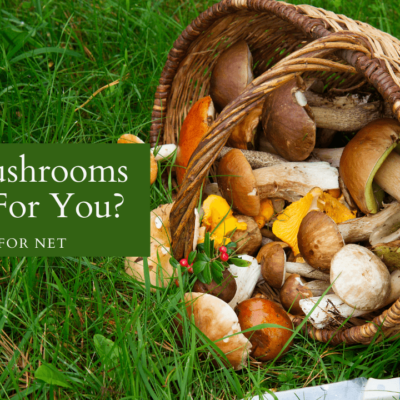
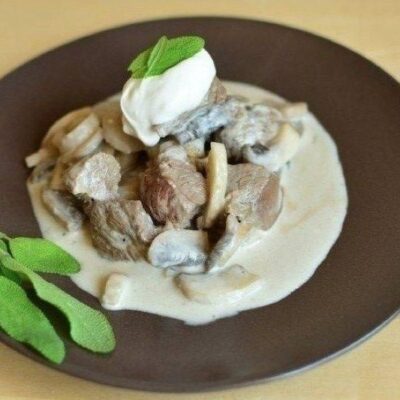

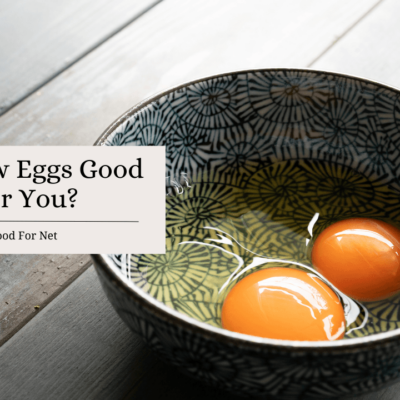
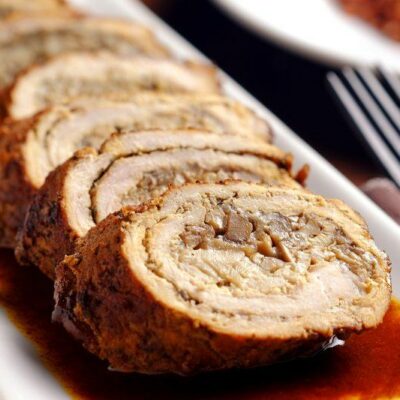
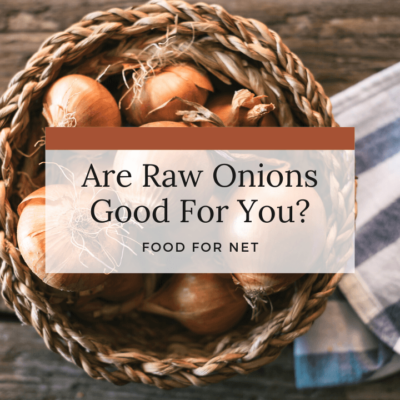

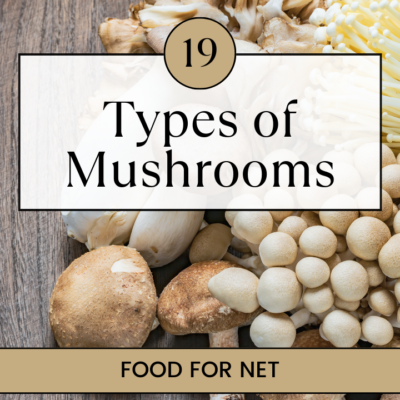
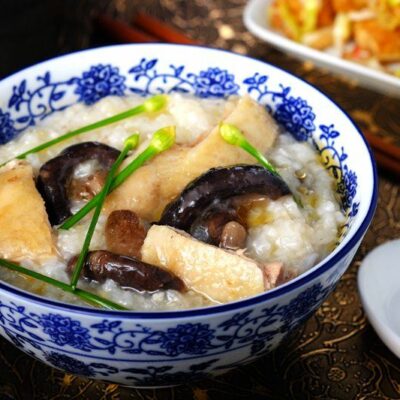


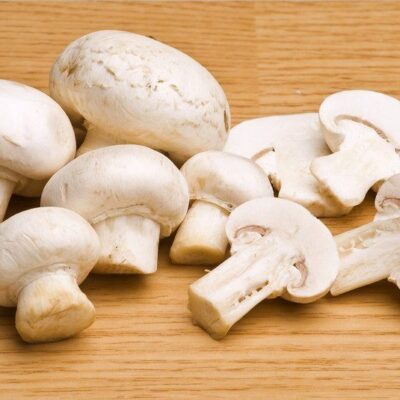
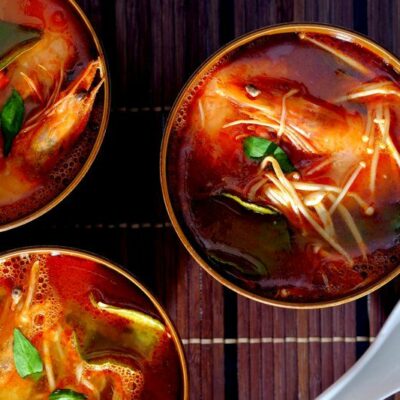
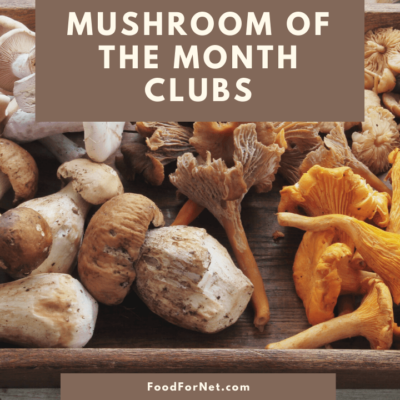
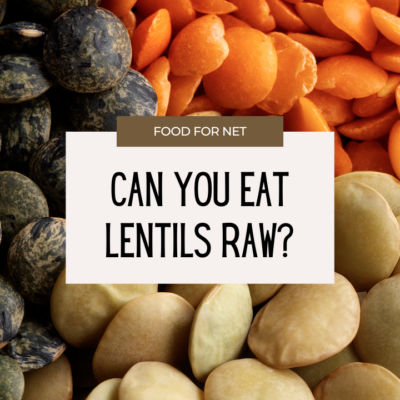

 What To Serve With Lobster Tails
What To Serve With Lobster Tails